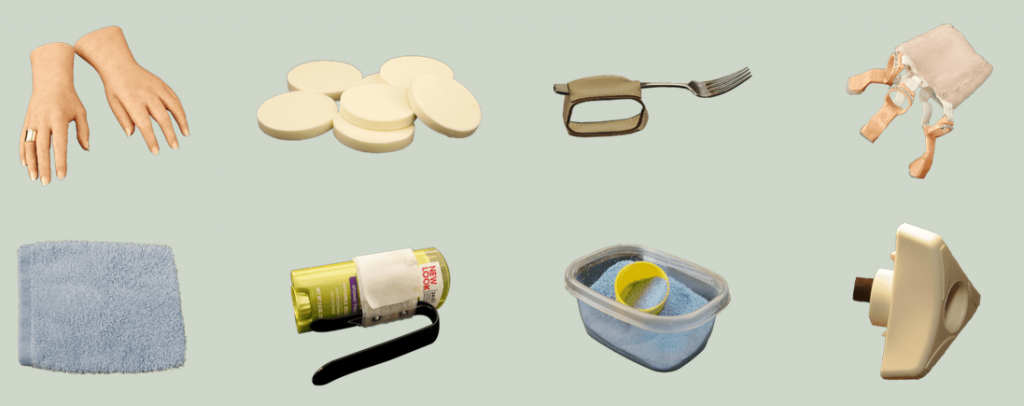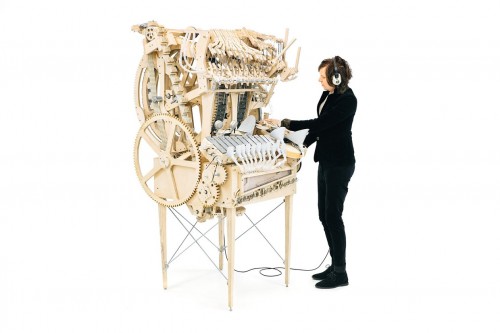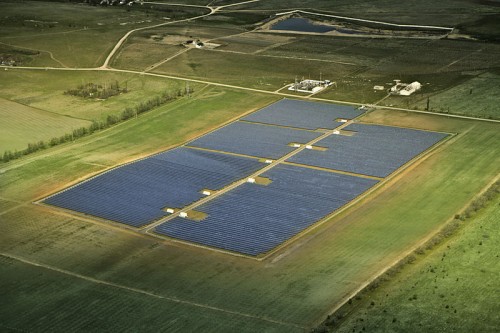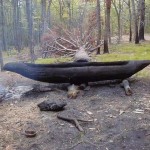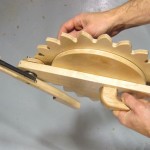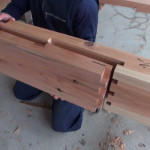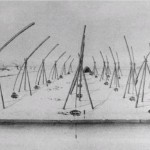“In response to a heart attack, Cindy experienced an adverse reaction to medication and multiple organ failure. These complications resulted in amputations involving all four limbs: both of her legs below the knees and varying amounts of each of her fingers. With time, though, Cindy regained her ability to walk and started to find a “new normal.” She got great care from occupational therapists, physical therapists, physicians, and prosthetists.
But she found that the standard tools provided to her, even at a top-flight rehab hospital, didn’t facilitate some of the most important things she wanted to recover—how to write a thank you note, feed herself, put on makeup and jewelry, turn the pages in a picture book as she reads to her grandchildren. So Cindy started to design and build what she needed. From small hacks on her hand cream jar to repurposing cable ties for pulling out drawers and salad tongs for holding a sandwich, Cindy has embraced an everyday engineering ethic that she never thought possible. [Read more…]
